
Toyota's initiatives in non-automotive fields are showcased in this series. This time, we visit car plants that produce strawberries and tomatoes.

The above photo shows cherry tomatoes in cultivation. This scene comes not from a farm but from one of Toyota’s production plants. At another plant, the strawberry harvest is in full swing.
Why is a carmaker like Toyota engaging in such projects? We step inside a fascinating genba that may contribute to the earth’s environment.
An engine plant planting strawberries
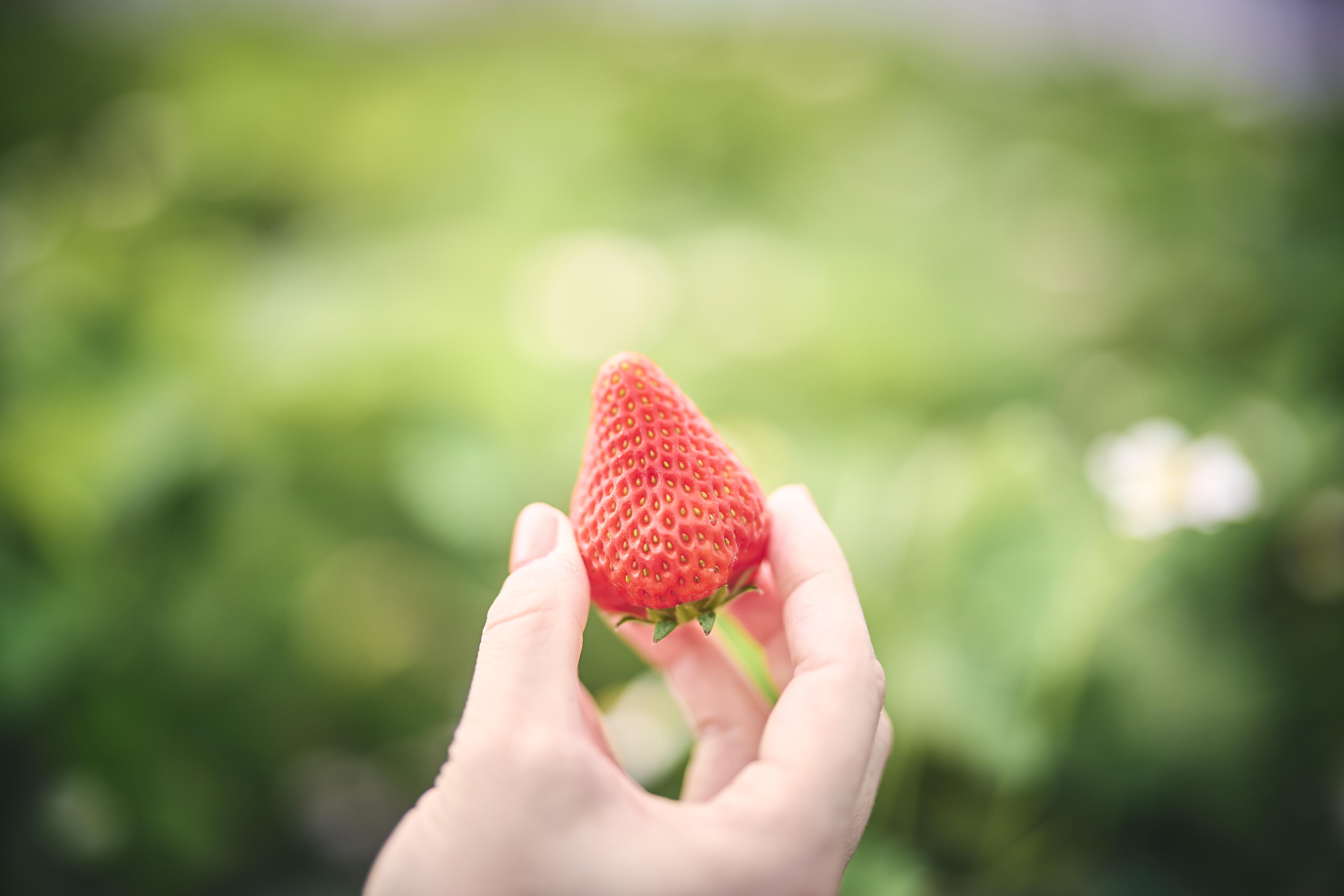
“Go on, take a bite.” -Bright red strawberries fill our mouths with juicy sweetness.
Though it may be hard to believe, we are inside Toyota’s Kamigo Plant, which manufactures engines for the Crown and Lexus models, amongst others.
Four strawberry varieties are being cultivated at the Kamigo Plant, while the Myochi Plant is raising cherry tomatoes. The aim is contributing to carbon neutrality, but why produce strawberries at a car plant?
Hiroshi Okajima, Project General Manager, R&D and Engineering Management Div.
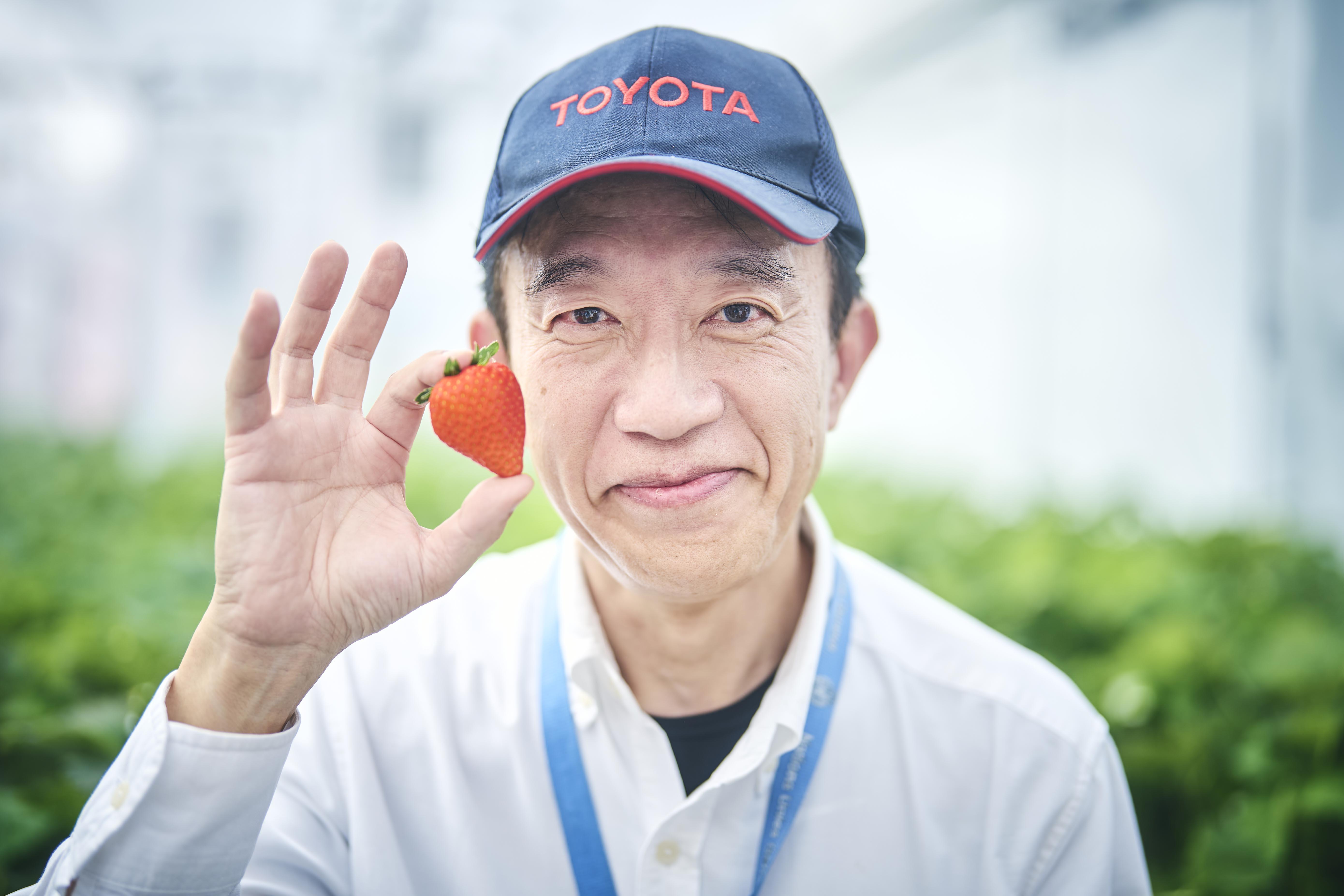
Agriculture is subject to the weather. It also faces the problem of falling prices—and hence incomes—during bumper harvests.
We tackled these challenges by using Toyota’s expertise to forecast the weather and the market. With the Toyota Production System (TPS), we aimed for systematic cultivation and high-added value. These efforts may also help boost profitability for farmers.
What’s more, our production facilities inevitably emit heat and CO2, which are sustenance for plants.
Waste heat and CO2 normally have a negative environmental impact, and the idea was to find a productive use. This approach also brings economic benefits, including lower fuel costs.
With assistance from farmers, in April 2022, Toyota set up an experimental greenhouse inside the plant.
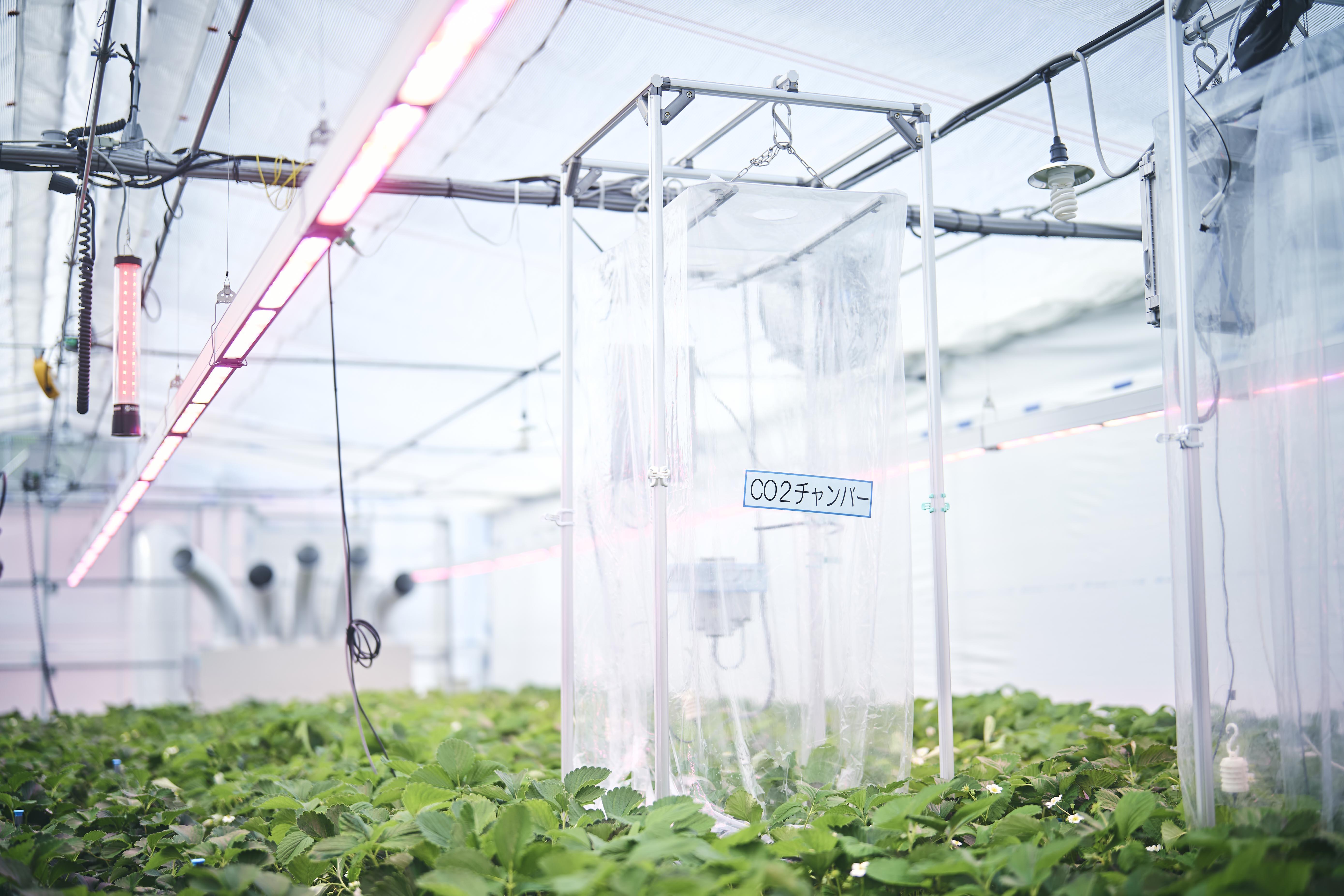
A special system enables this greenhouse to produce about 1.5 times the yield of a similarly sized field. Those who can spot it in the photo below can count themselves experts in TPS.
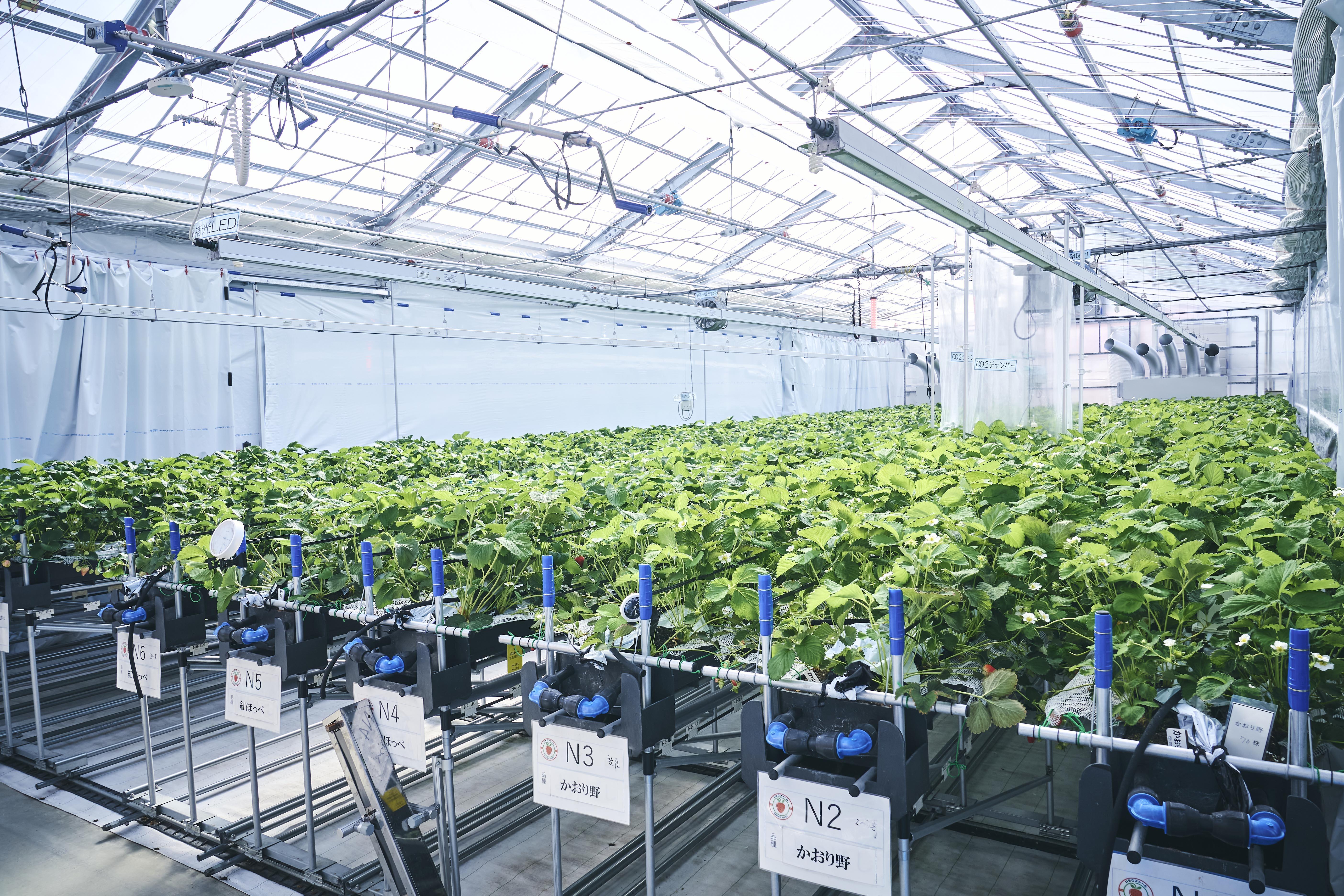
The answer lies at ground level.A typical field has rectangular cultivation plots, and pathways are necessary between all of them.
But as the photo above shows, enabling these rows to slide sideways greatly reduces the required number of aisles, leaving more room for cultivating strawberries.
In this arrangement, an aisle is created only when and where it is needed, helping boost earnings by increasing the yield for a given area.
For the record, the strawberries and tomatoes grown here are not bound for the market, but rather offered free of charge at Toyota’s staff cafeterias. As Okajima explains, “We’re not here to take farmers’ jobs—we want to help them by building efficient agricultural systems and providing other forms of technical support.”
These efforts were driven by a philosophy of working for someone other than ourselves.
Although at first many didn’t understand why Toyota was going into farming, Toyota City and JA Aichi Toyota are now collaborating on the trials.

Treating CO2 and waste heat as resources
Currently, Toyota City is working to reduce CO2 emissions with the Green Power Certificatation System.
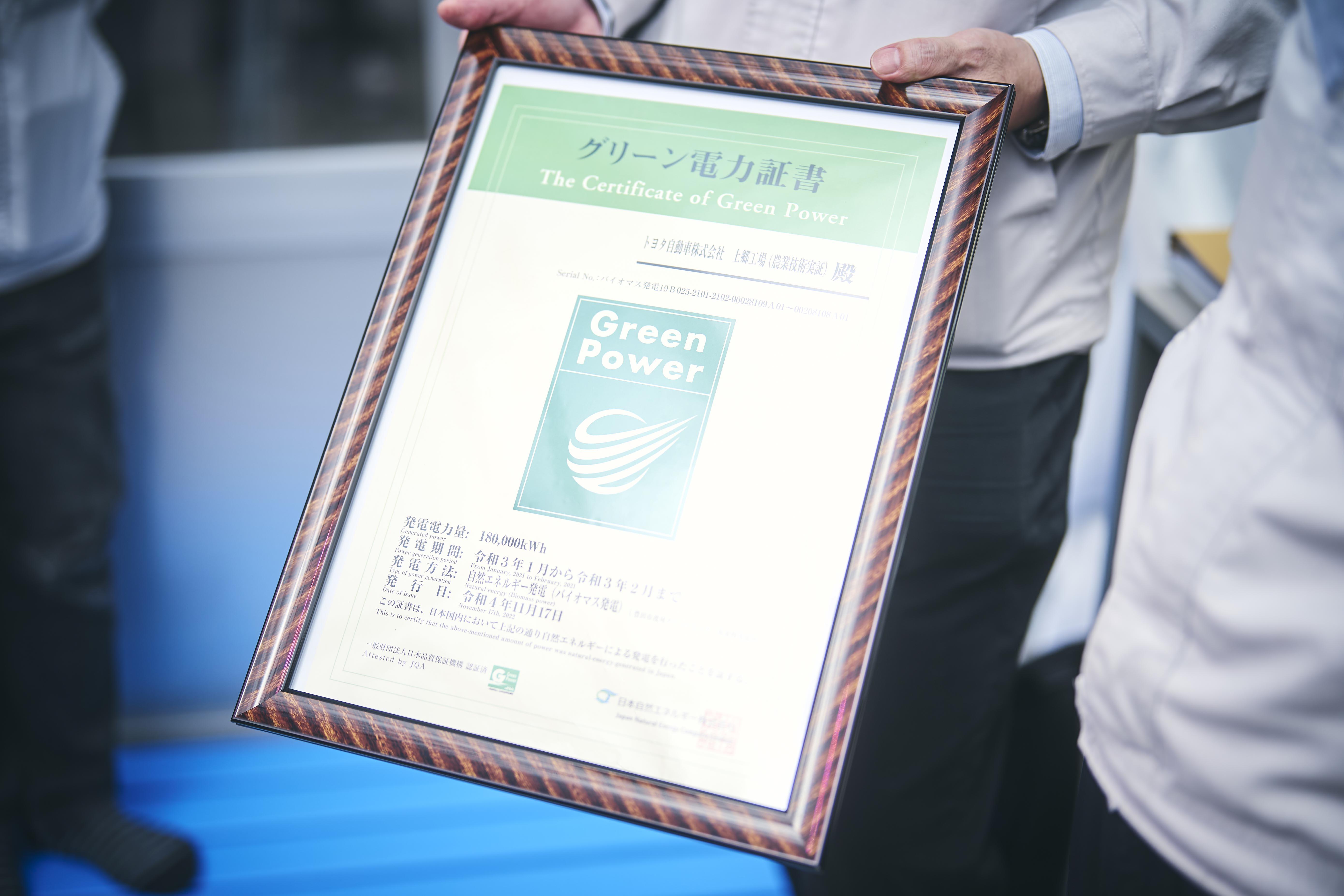
This system certifies the use of green power, with renewable energy produced at facilities such as waste incineration plants and consumed by local companies.
However, this alone won’t completely eliminate carbon emissions, which makes Toyota’s efforts to use CO2 as a resource—as in the greenhouses—all the more important.
Speaking of greenhouses; one interesting aspect is their pink lighting, which hides a fact little-known outside farming circles...

